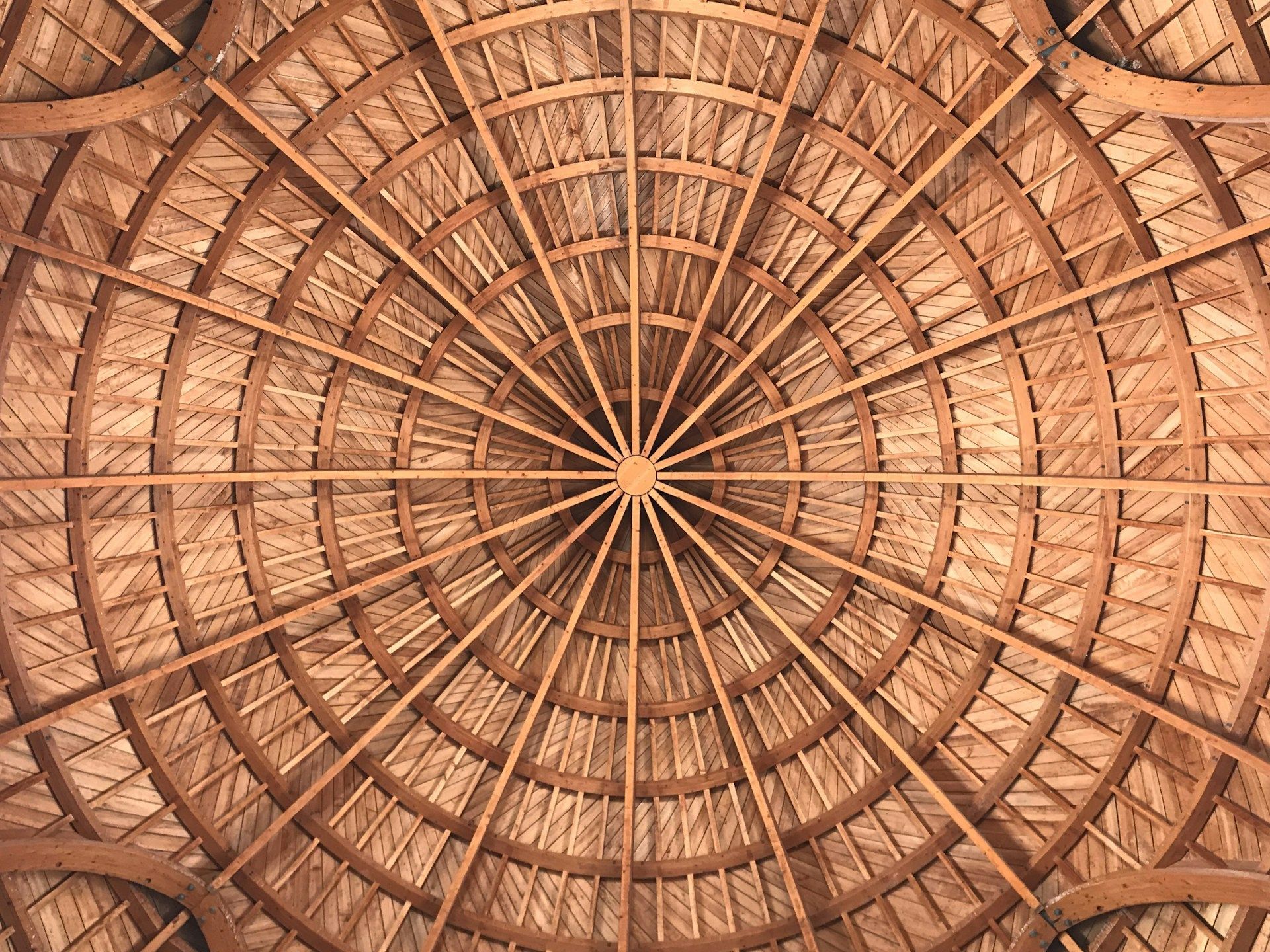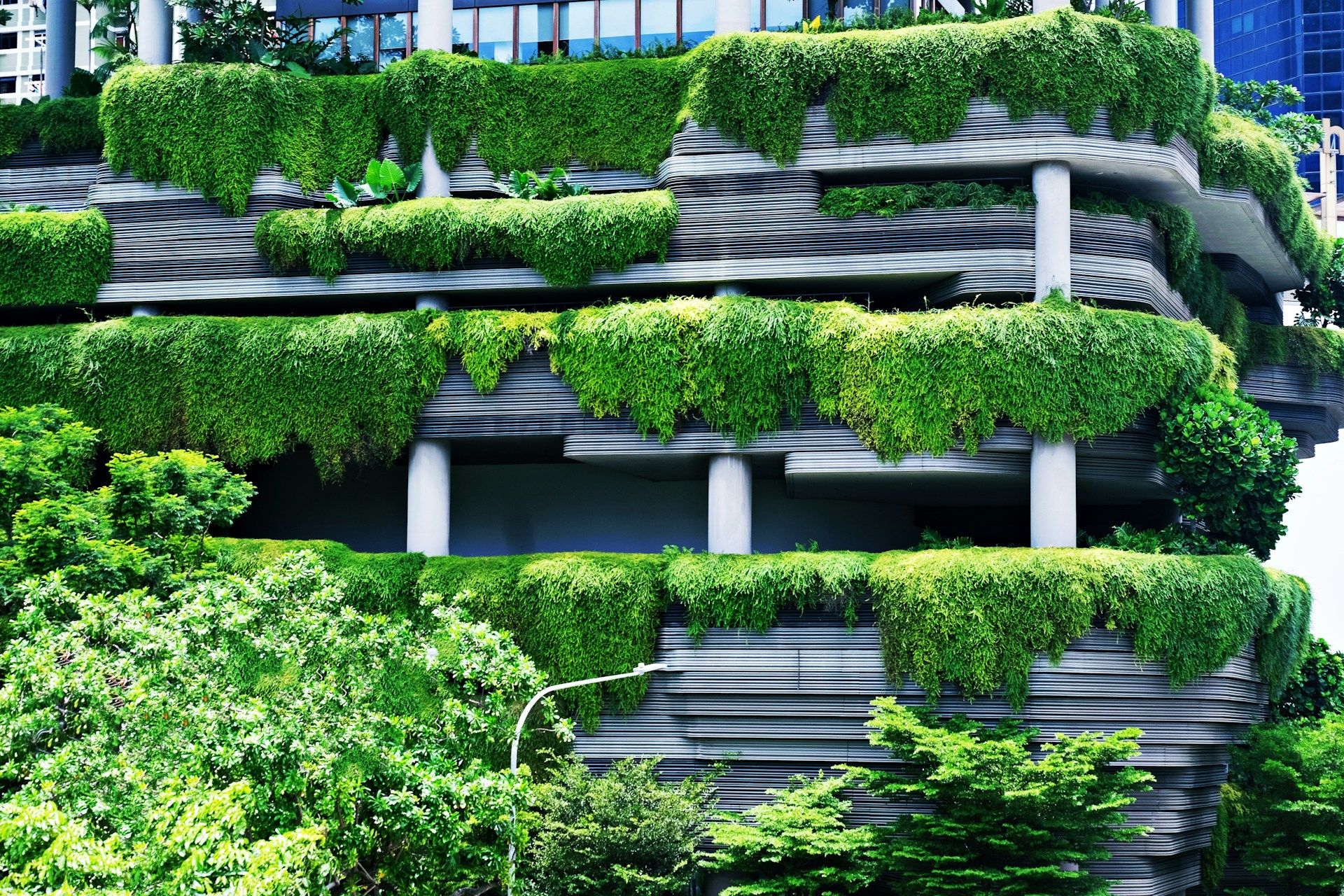Dome Architecture for the Tropical Climate
Dome architecture, inspired by ancient natural and structural principles, is finding new relevance in tropical environments. Its thermal efficiency, structural strength, and organic aesthetics make it an ideal alternative for building in warm and humid regions like Panama.
Far from being a futuristic eccentricity, the dome represents one of the most intelligent and sustainable ways to inhabit the planet — adapting to today’s climatic challenges without compromising comfort or architectural beauty.
The Shape Nature Chose
The geometry of the dome is no coincidence. From shells and honeycombs to geodesic domes, nature has long used spherical forms to achieve maximum stability with minimal material.
In architecture, this principle translates into self-supporting structures that distribute weight evenly, reducing the need for internal columns or beams. This not only optimizes space but also increases resistance to strong winds, heavy rains, and seismic movements — all common conditions in tropical climates.
The dome’s curved shape also enhances air circulation and the natural flow of thermal energy, creating cooler interiors without relying on artificial systems. For this reason, this type of architecture is gaining popularity in regions such as Central America, the Caribbean, and Southeast Asia, where temperature and humidity are key design factors.

Natural Ventilation and Thermal Efficiency
One of the greatest advantages of dome design is its natural thermal behavior.
While conventional buildings trap heat in flat roofs and corners, the dome’s curved surface allows hot air to rise and dissipate more efficiently. This creates a more stable interior microclimate and significantly reduces the need for air conditioning — a crucial benefit in tropical regions where energy efficiency is essential.
Cross ventilation is also enhanced through strategically placed openings, allowing constant airflow. In humid climates like Panama’s, this helps prevent condensation and mold, improving both the building’s longevity and its occupants’ health.
In terms of sustainability, domes can easily integrate passive lighting and solar energy systems, taking advantage of their orientation and sloped surfaces to maximize natural light and energy collection.
Sustainable Construction and Materials Adapted to the Tropics
One of the dome’s key strengths is its constructive versatility.
It can be built with local materials such as bamboo, adobe, stabilized earth, tropical wood, or lightweight concrete, adapting to regional availability and climatic conditions. In Panama — where humidity and salinity pose technical challenges — natural materials combined with modern coatings offer efficient, low-maintenance solutions.
Bamboo, for example, is ideal due to its strength and flexibility, while compressed earth provides thermal mass that helps keep interiors cool.
In contemporary projects, reinforced concrete or metallic geodesic domes have made it possible to scale this construction method for diverse uses — from housing and classrooms to tourism and eco-lodging spaces.
The principle of “doing more with less” — using minimal material for maximum structural performance — makes the dome one of the most sustainable architectural forms, both technically and environmentally.






